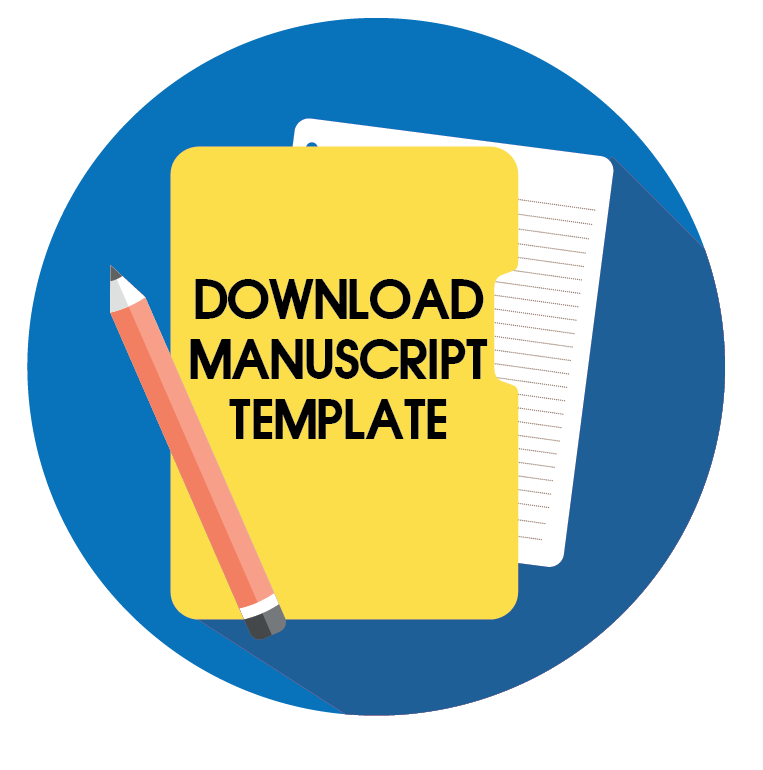Adaptasi perceived social media literacy scale (PSMLS) versi bahasa Indonesia
Abstract
Keywords
Full Text:
PDFReferences
Adhiarso, D. S., & Suyanto, M. (2018). Media literacy and social media usage analysis in communication and non-communication students of university of amikom yogyakarta. Informasi, 48(2), 229–242. https://doi.org/10.21831/informasi.v48i2.21382
Akram, W., & Kumar, R. (2017). A study on positive and negative effects of social media on society. International Journal of Computer Sciences and Engineering, 5(10), 351–354. https://doi.org/10.26438/ijcse/v5i10.351354
Azwar, S. (2009). Efek seleksi aitem berdasar daya diskriminasi terhadap reliabilitas skor tes. 17(1), 28–32.
Badan Pusat Statistik. (2022). Statistik Telekomunikasi Indonesia 2022.
Bawden, D. (2001). Information and digital literacies: A review of concepts. Journal of Documentation, 57(2), 218–259. https://doi.org/10.1108/EUM0000000007083
Beaton, D. E., Bombardier, C., Guillemin, F., & Ferraz, M. B. (2000). Guidelines for the process of cross-cultural adaptation of self-report measures. spine, 25(24), 3186–3191. https://doi.org/10.1097/00007632-200012150-00014
Berman, R., & Katona, Z. (2016). The impact of curation algorithms on social network content quality and structure. SSRN Electronic Journal. https://doi.org/10.2139/ssrn.2848526
Butler, B. S., & Matook, S. (2015). Social media and relationships. In The International Encyclopedia of Digital Communication and Society (pp. 1–12). Wiley.
https://doi.org/10.1002/9781118767771.wbiedcs097
Cho, H., Cannon, J., Lopez, R., & Li, W. (2022). Social media literacy: A conceptual framework. New Media & Society, 146144482110685. https://doi.org/10.1177/14614448211068530
Cieślak, I., Łuszczki, J., Panczyk, M., Nowak-Starz, G., Wawrzuta, D., Jaworski, M., & Gotlib, J. (2023). Social media literacy among nursing students during the COVID-19 pandemic – does year of study matter? A nationwide cross-sectional study. Annals of Agricultural and Environmental Medicine, 30(1), 171–176. https://doi.org/10.26444/aaem/162219
Dolanbay, H. (2022). The experience of media literacy education of university students and the awareness they have gained: An action research. International Online Journal of Education and Teaching (IOJET), 9(4), 1614-1631.
Faidah, M. N. (2021). Persepsi mahasiswa tentang literasi digital di media sosial. Journal of Instructional and Developement Researches, 1(2), 90-99.
Gunawan, A. A., & Sunardi, H. (2016). Pengaruh kompensasi dan disiplin kerja terhadap kinerja karyawan pada PT Gesit Nusa Tangguh. Jurnal Ilmiah Manajemen Bisnis, 16(1), 1-7. https://media.neliti.com/media/publications/98066-ID-pengaruh-kompensasi-dan-disiplin-kerja-t.pdf
Hanifah, N., Studi, P., & Konseling, B. (2014). Perbandingan tingkat kesukaran, daya pembeda butir soal dan reliabilitas tes bentuk pilihan ganda biasa dan pilihan ganda asosiasi mata pelajaran ekonomi. In SOSIO e-KONS (Vol. 6, Issue 1).
Hendryadi. (2021). Editorial note: uji validitas dengan korelasi item-total? Jurnal Manajemen Strategi dan Aplikasi Bisnis, 4(1), 315-320. https://doi.org/10.36407/jmsab.v4i2.404
Hu, L., & Bentler, P. M. (1999). Cutoff criteria for fit indexes in covariance structure analysis: Conventional criteria versus new alternatives. Structural Equation Modeling: A Multidisciplinary Journal, 6(1), 1–55. https://doi.org/10.1080/10705519909540118
International Test Commission. (2017). The ITC guidelines for translating and adapting tests (second edition). www.InTestCom.org. Retrieved Juni Rabu, 2024, from https://www.intestcom.org/files/guideline_test_adaptation_2ed.pdf
Iskandar, A. (2023). Confirmatory Factor Analysis. https://osf.io/nbhxq/download
Kementerian Komunikasi dan Informatika, & Katadata Insight Center. (2022). Status Literasi Digital di Indonesia.
Manca, S., Bocconi, S., & Gleason, B. (2021). “Think globally, act locally”: A glocal approach to the development of social media literacy. Computers & Education, 160, 104025. https://doi.org/10.1016/j.compedu.2020.104025
Montemayor, C., & Haladjian, H. H. (2017). Perception and cognition are largely independent, but still affect each other in systematic ways: arguments from evolution and the consciousness-attention dissociation. Frontiers Psychology, 8(40). https://doi.org/10.3389%2Ffpsyg.2017.00040
Pennycook, G., & Rand, D. G. (2018). Lazy, not biased: susceptibility to partisan fake news is better explained by lack of reasoning than by motivated reasoning. Cognition, (188), 39-50. https://doi.org/10.1016/j.cognition.2018.06.011
Polanco-Levicán, K., & Salvo-Garrido, S. (2022). Understanding social media literacy: a systematic review of the concept and its competences. International Journal of Environmental Research and Public Health, 19(14), 8807. https://doi.org/10.3390/ijerph19148807
Revilia, D., & Irwansyah, N. (2020). Social media literacy: millennial's perspective of security and privacy awareness. Jurnal Penelitian Komunikasi Dan Opini Publik, 24(1). https://doi.org/10.33299/jpkop.24.1.2375
Sanaky, M. M., Saleh, L. Moh., & Titaley, H. D. (2021). Analisis faktor-faktor penyebab keterlambatan pada proyek pembangunan asrama MAN 1 Tulehu Maluku Tengah. Simetrik, 11(1), 432–439.
Smith, E. E., & Storrs, H. (2023). Digital literacies, social media, and undergraduate learning: what do students think they need to know? Internatioanl Journal of Educational Technology in Higher Education, 20(29), 1-19. https://doi.org/10.1186/s41239-023-00398-2
Sorayah. (2015). Uji validitas konstruk beck depression inventory-II (BDI-II). Jurnal Pengukuran Psikologi Dan Pendidikan Indonesia, 4(1), 1–13.
Sugiyono. (2013). Metode Penelitian Kuantitatif, Kualitatif, dan R&D. Bandung: Alfabeta.
Syam, H. M., & Nurrahmi, F. (2020). “I don’t know if it is fake or real news” how little indonesian university students understand social media literacy. Malaysian Journal of Communication, 36(2), 92-105. https://doi.org/10.17576/JKMJC-2020-3602-06
Tandoc JR, Edson C., Yee, Andrew, Z. H., Ong, J., Lee, J. C. B., Xu, D., Han, Z., Matthew, C. C. H., Ng, J. S. H. Y., Lim, C. M., Cheng, L. R. J., Cayabyab, M. Y., (2021). Developing a Perceived Social Media Literacy Scale: Evidence from Singapore. In International Journal of Communication (Vol. 15). http://ijoc.org.
Wang, Z. (2013). Instruction in chinese academic libraries. In Academic Libraries in the US and China (pp. 51–85). Elsevier. https://doi.org/10.1016/B978-1-84334-691-3.50002-0
DOI: https://doi.org/10.21831/ap.v6i1.71974
Refbacks
- There are currently no refbacks.

This work is licensed under a Creative Commons Attribution-ShareAlike 4.0 International License.
Our Journal is Indexed by:

Acta Psychologia is licensed under a Creative Commons Attribution-ShareAlike 4.0 International License.
Based on a work at https://journal.uny.ac.id/index.php/acta-psychologia/.




